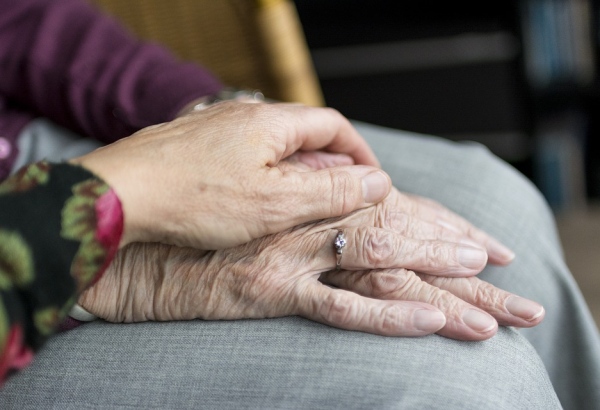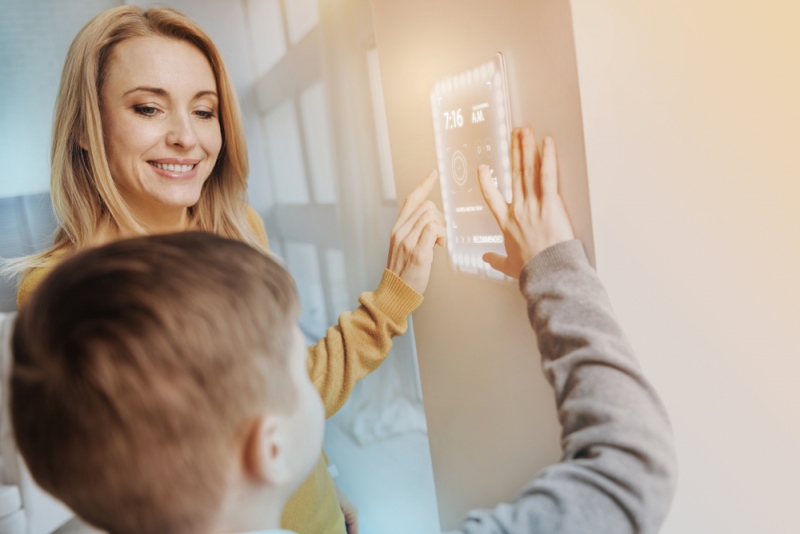The Best Ways To Help Older People Get Familiar With Telehealth
In this globalized village we live in, we see many things being tossed out the window, only to be replaced by new and better ones and those who learn to adapt to never ending changes, remain in the clear. Telehealth is one such piece of innovation that, I must add, was long overdue. Its introduction into the lives of everyday man and woman, though not a surprise, has been quite pleasant.
For those of you who aren’t familiar with Telehealth, here’s a scenario: You go in to the doctor’s to get a checkup for something that’s been causing a bit of discomfort for the past few days. You first have to get out of bed and drive your tired and aching self to the hospital. You wait for your turn for hours only to sit in front of an exhausted, rushed and distracted doctor. Not only would you feel agitated but unfair for not getting the doctor’s undivided attention but a little let down as well. With telehealth you don’t have to worry about not being satisfied at all.
Telehealth is the future of health care. It’s a very efficient way to bring your health care advisors to you. The compassionate experts perform a thorough check-up, give you their undivided attention and answer every one of your queries so you understand your diagnosis better without being wrapped up in a cocoon of confusing and lengthy medical jargons. All your medical records are always safe and secure with your informational charts in front of your doctor during a consultation. This not only saves your time but also connects you to a highly professional doctor for a stress free consultation in a secure and agreeable environment of your home.
You might wonder “doesn’t a doctor need to examine you personally during a consultation?”, according to a survey conducted in 2013, the 70% of visits made by patients are often informational and that’s really what telehealth is here for: to bring you the wonder of medical science at your doorstep.
The biggest problem, however, is getting your parents or grandparents to opt for telehealth.
The elderly usually live alone even though some would prefer otherwise. At first it isn’t something to worry about but when kids move out and they’re widowed or divorced, that’s when you do something about it. It’s human psyche that a person would always be somewhat reluctant and hesitant to be supportive of something new and would incline towards a feeling or a concept more familiar to them every time. You might need to put in a little effort on the persuasion part but here’s how you do it;
1.Explain how it works
The first and foremost step would be to explain what telehealth is and how it works. This part is crucial because you need to be well rehearsed. You don’t want to seem befuddled or nervous because people, no matter how old, can sniff the nervousness right through you and instantly form a negative opinion to whatever you have to say. Be certain and ensure you have all your knowledge about it. Seek the assistance of an expert to get more in depth know how.
2.Try it out yourself
Trying it out yourself can not only be fun for you but it will help your parents/grandparents/elderly friends to see it’s safe to use. You using it on yourself will give them a little certainty and would be extremely useful in motivating them to acclimate with the innovation of today. Clarify and demonstrate the procedure, be very vocal about the positives and then let them try it out for themselves. This will not only make them a tad bit more assertive but the inclination and feeling that they can now take care of themselves, that’s priceless.
3.Get a physician’s recommendation
Regardless of how many turns you take trying to get your folks to take a stab at something new, they won’t do it till they’re absolutely sure or when their favorite physician, Dr.Phil or Oprah hype it up on their TV. The chances of you getting a hold of Oprah and Dr.Phil seem a little farfetched but you can however get their physician to talk to them. A specialist is somebody they would trust and in the event that he says they ought to give it a try, at that point they absolutely will. Make sure the doctor is friendly, easy to talk to and doesn’t dump a load of medical technicalities and terms on them that they’re left even more confused than before.
These were some of the ways you can help the elderly take charge of their own health from the comfort of their homes in a safe and secure environment. Remember, elderly people were born in a very different time and age, so you cannot expect them to adapt to technology as quickly as you would. The best way is to give them time and patience, and let them get used to operating best telemedicine software on their own, convenient pace.




















Leaver your comment